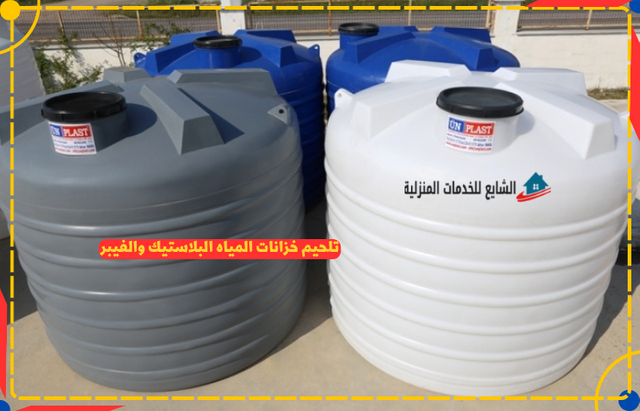Methods of welding plastic water tanks

Title: Welding Techniques for Plastic and Fiberglass Tanks: Materials and Methods
Welding plastic and fiberglass tanks requires specialized techniques and materials to ensure a strong and durable bond. In this article, we'll explore some common welding methods and the materials used for each.
Hot Gas Welding (Plastic): Hot gas welding, also known as heat fusion welding, is a common method for joining thermoplastic materials such as polyethylene and polypropylene. In this process, a hot gas stream, usually composed of nitrogen or compressed air, is directed onto the surfaces to be welded, softening them. The softened material is then pressed together, creating a strong bond as it cools. Common materials used in hot gas welding include welding rods made from the same material as the tank itself, ensuring compatibility and a seamless joint.
Extrusion Welding (Plastic): Extrusion welding is another technique used for thermoplastics, particularly for larger tanks or areas requiring high-strength joints. In this method, a welding rod is fed into a heated barrel where it is melted. The molten plastic is then extruded onto the joint, forming a strong bond as it cools. Similar to hot gas welding, the welding rod is typically made from the same material as the tank to ensure compatibility and structural integrity.
Fiberglass Resin Bonding (Fiberglass): Fiberglass tanks are commonly joined using resin bonding techniques. Epoxy resins are often preferred for their strong adhesive properties and compatibility with fiberglass materials. The bonding process involves applying the resin to the joint surfaces, ensuring proper alignment, and allowing it to cure. Once cured, the resin forms a durable bond, effectively joining the fiberglass components together.
Fiberglass Filament Winding (Fiberglass): In cases where seamless construction is desired, fiberglass filament winding is a preferred method for fabricating tanks. This process involves winding continuous strands of fiberglass filaments onto a rotating mandrel coated with resin. As the filaments are wound, they are impregnated with resin, forming a strong, homogeneous structure. The resulting tank has excellent strength-to-weight ratio and corrosion resistance, making it suitable for various applications.
Adhesive Bonding (Plastic and Fiberglass): Adhesive bonding is a versatile method suitable for both plastic and fiberglass tanks. Specialized adhesives formulated for bonding these materials are applied to the joint surfaces, which are then pressed together and allowed to cure. Adhesive bonding offers advantages such as ease of application, uniform distribution of stress, and compatibility with complex geometries.
In conclusion, welding techniques for plastic and fiberglass tanks vary depending on the material and application requirements. By choosing the appropriate method and materials, engineers and fabricators can ensure the integrity and longevity of the tanks in various industrial and commercial settings.
لحام خزانات بجدة
لحام خزانات الدمام
تسليك مجاري